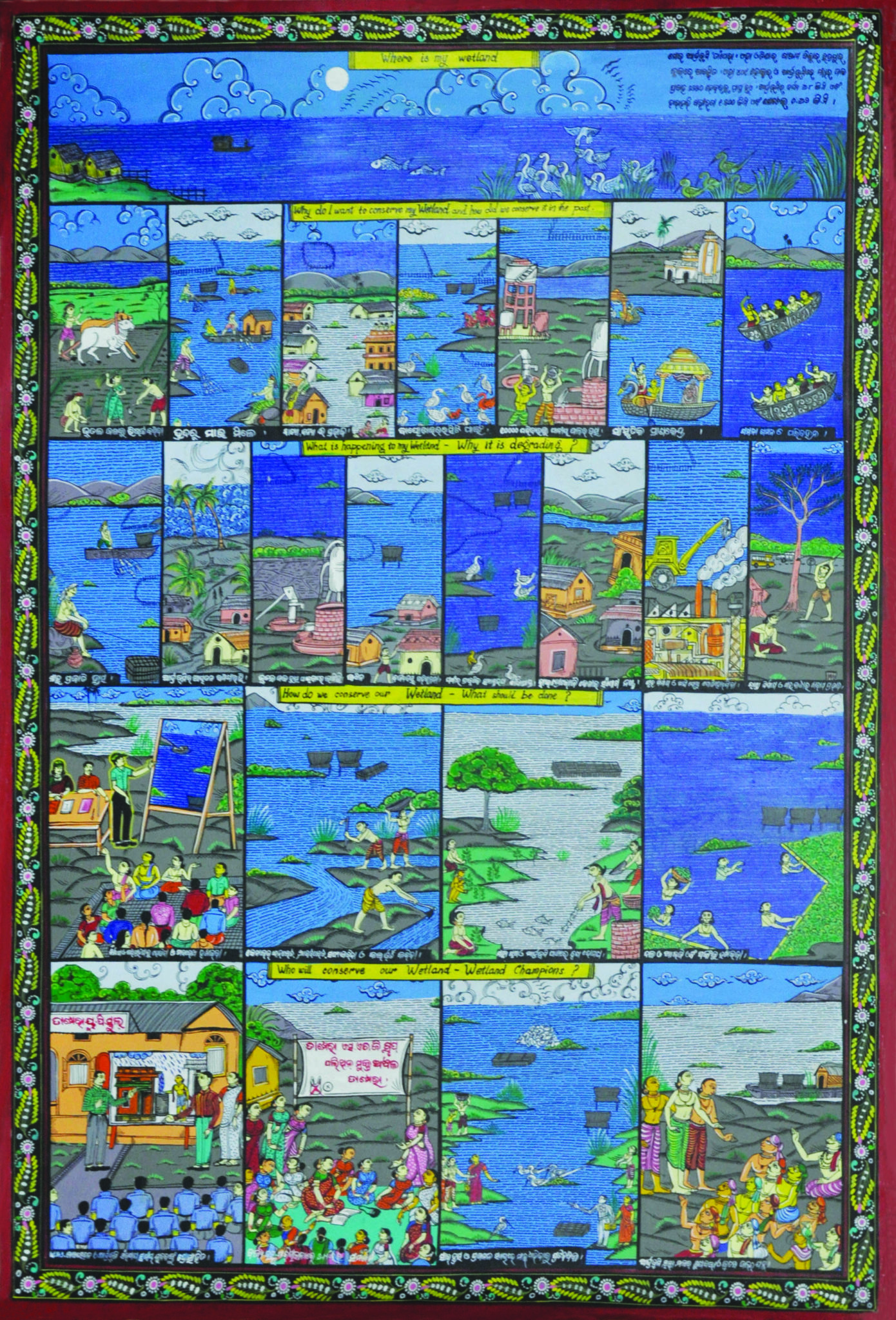
Local Nature-based Solutions for conservation – how communities can make a difference!
-
Capacity development
-
Community resilience
-
Species
Biodiversity is the base of life. The Anthropocene epoch marks humans as the prime drivers of nature degradation. The 2021 theme of World Biodiversity Day conveys the need to turn this relationship around by positing humankind as “being a part of the solution” for bending the biodiversity decline curve.
As humans, we are inherently dependent on ecosystems for our food, water and livelihoods. Ecosystems such as wetlands, besides performing several ecological functions and providing ecosystem services, support biodiversity in many ways. Wetland degradation is a global issue that has directly impacted wetland dependent biodiversity severely.
With the aim of involving communities in protection and conservation of wetlands, the project “upscaling community resilience through ecosystem-based disaster risk reduction” was initiated in 2019. The project is funded by EU Dev Co, UN Environment and the Netherlands Red Cross and interventions are being coordinated by Wetlands International South Asia for two landscapes namely, Kabartal in Bihar and Tampara in Odisha.
Over the past decade, the organization has been devising nature-based solutions for Tampara wetland, located in Ganjam district of Odisha, to enhance community resilience and lower disaster risks. At the field level, the project is implemented by Netcoast – a network of likeminded organizations working towards environment conservation.
Tampara is a 409-ha freshwater wetland straddling the Rishikuliya coastline. This wetland provides habitat to 61 avian species, 23 species of fish and a diverse variety of plant and animal biota. It is a source of water to over 10,000 households and supports livelihood of community fishermen. The wetland area is also being developed as a tourism site and sees a footfall of over 25,000 tourists every year. It acts as a flood, cyclone and drought buffer, protecting habitation in its landscape.
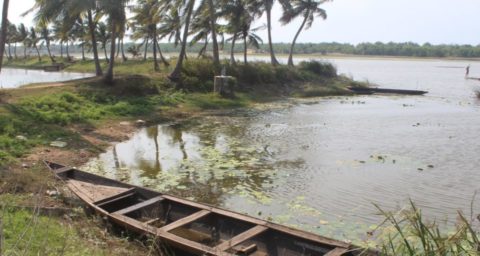
However, in the recent years, the wetland has suffered immense degradation due to anthropogenic pressures. The wetland area has reduced due to housing construction and agriculture extension activities. The hydrological connectivity with the Rishikuliya river has been lost as inflowing streams have been diverted to agricultural fields or have been choked with garbage. Wetland degradation has also led to a decrease in the number of fish species found in the wetland.
To act on combating these wetland degradation and biodiversity issues, collective community action has been initiated under the project to restore the wetland. A community task force has been organized to act on conservation through awareness drives, adopting sustainable livelihood practices and by encouraging use of indigenous knowledge to devise solutions. These stakeholders were trained on wetland conservation to decide what is best for conserving this precious resource.
As a result, the Tampara management plan was developed in 2019 as a vision of communities by holding discussions and recording feedback from community members about what could be done to save this wetland.
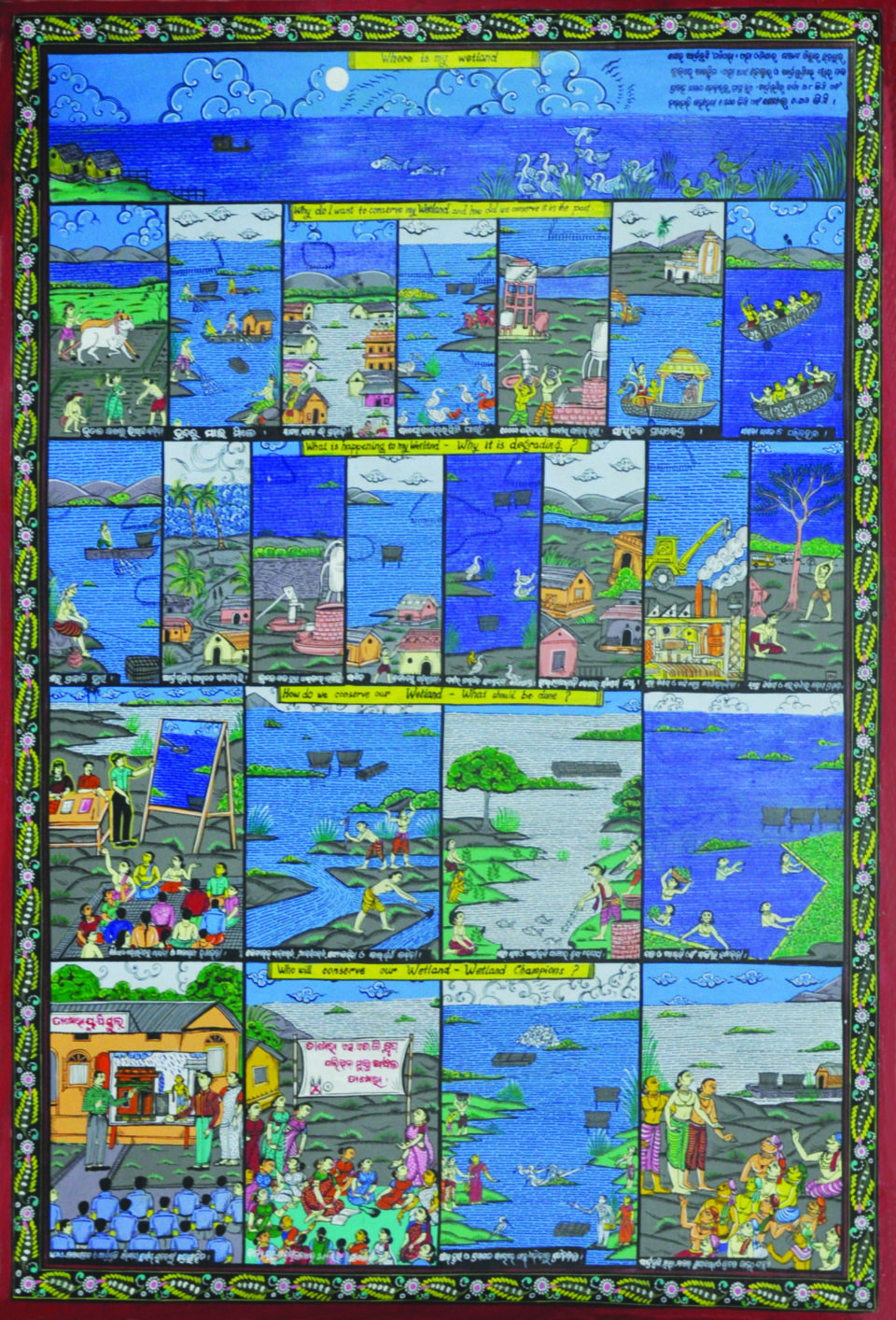
The conservation actions in the management plan include cleaning of wetland channels, water ways, inlets and outlets, removal of invasive water hyacinth, monitoring of wetland health and organizing local wetland champions to spread awareness on wetland and biodiversity conservation. The management plan was developed successfully as a result of constant efforts made under the project to inform community members about impacts of wetland degradation on their community as a whole.
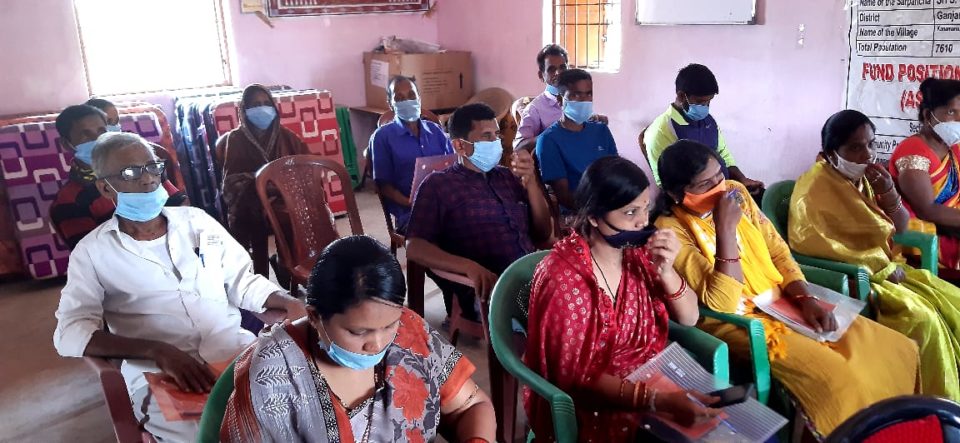
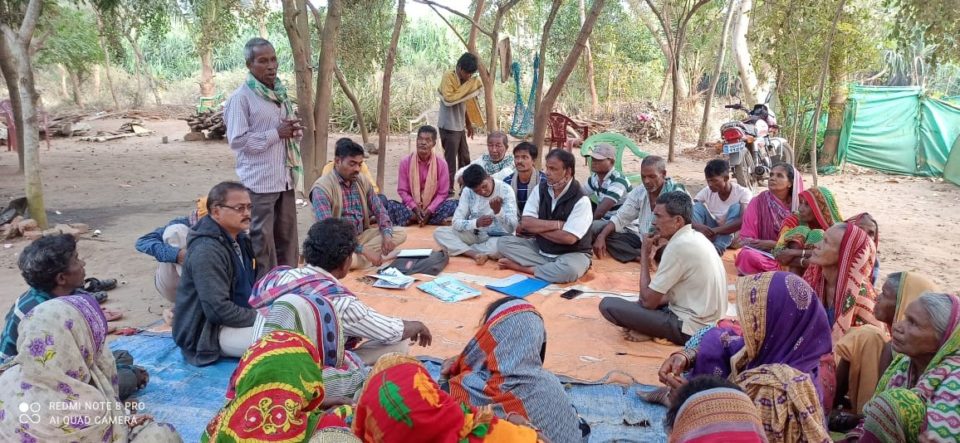
Community stakeholders have been involved in this project journey since the very beginning through stakeholder consultations, focus group discussions and surveys. Over this time period, they have been acquainted with what works and what does not work for the conservation of their ecosystems. This realization has led to the development of a collective conscience among community members to safeguard their wetland.
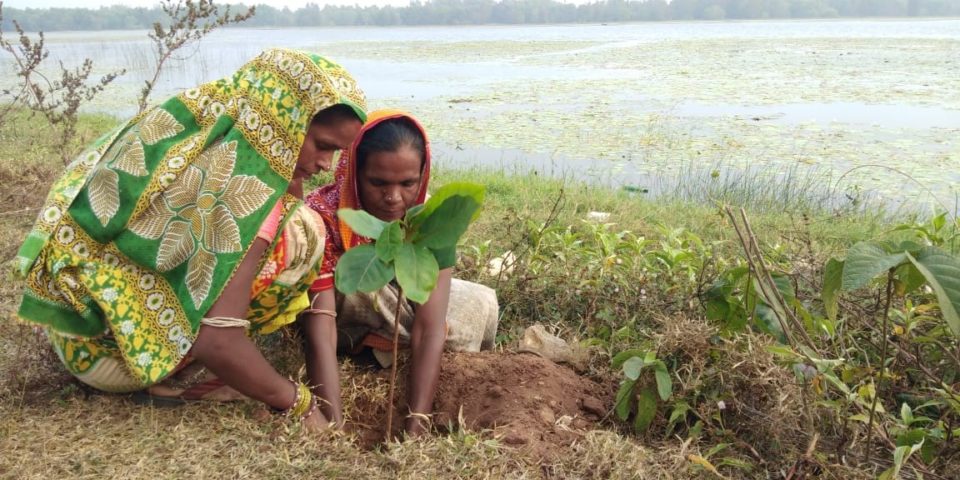
At the level of local governance, project initiatives have led to the inclusion of nature-based solutions in the Gram Panchayat Development Plans. This was made possible by efforts by community representatives, Self-help Groups of women and Wetland Champions from villages to engage with local governing bodies over the years. Due to their commitment to pursue restoration of their wetland, nature-based solutions are now being included in the local development plans by governing bodies. All in all, this initiative has brought people at the center of resilience building and sets an example for community led conservation.
